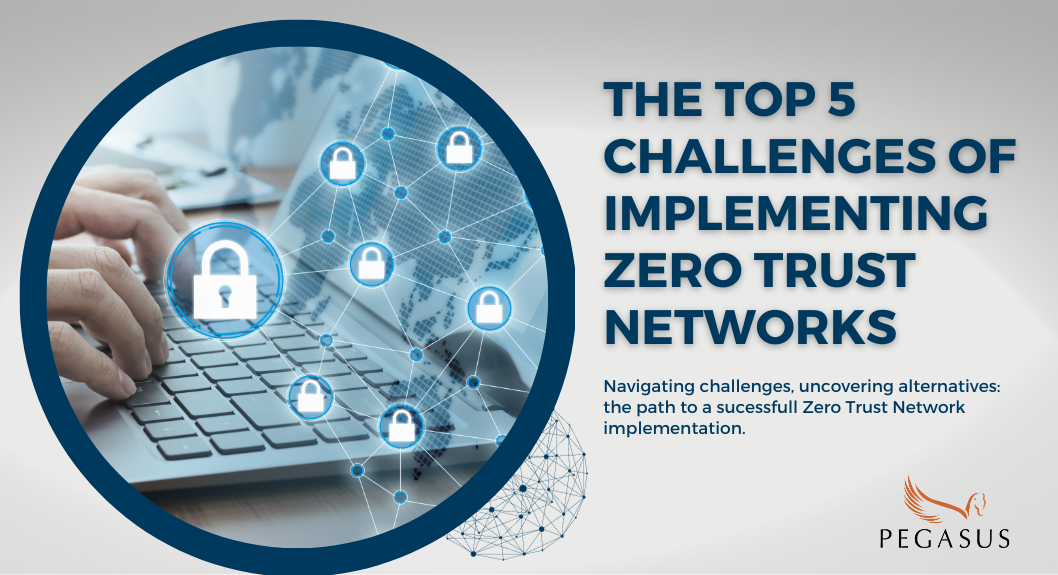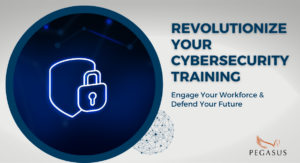Implementing a Zero Trust Network marks a significant stride in fortifying cybersecurity. Centered around enforcing stringent security controls and avoiding blind trust in any user or device—whether within or outside the corporate network—the essence is succinctly captured in the phrase ‘never trust, always verify.’ While on paper, it appears to be the optimal choice for securing internal systems, it is not without its challenges.
According to the ISC 2023 Report, a striking 75% of cybersecurity experts believe that the current cybersecurity challenges are the toughest they’ve faced in the past five years. This statistic highlights the increasing complexity of cybersecurity and the importance of proactive security measures as implementing Zero Trust Network.
Understanding Zero Trust Network
Before we explore the challenges, let’s grasp the core concept of a Zero Trust Network. Unlike the traditional security model, where the perimeter is defended, a Zero Trust Network operates on the principle of least privilege, limiting access to the minimum necessary for each user, device, or system. It operates on continuous verification, maintaining a high level of security, but it’s not without its obstacles.
Challenge 1: Legacy Systems Integration
Integrating a Zero Trust Network with legacy systems is a complex challenge. Many older systems lack the necessary security protocols and capabilities to seamlessly align with the Zero Trust model. This can necessitate careful planning and substantial investment to upgrade or replace outdated technology. Legacy system integration often involves identifying and addressing security vulnerabilities, ensuring compatibility, and implementing security controls that might not have existed in these older systems.
Challenge 2: User Authentication and Authorization
Ensuring robust user authentication and authorization within a Zero Trust Network is a critical challenge. The emphasis is on allowing only authorized users access while providing a smooth and efficient user experience. Implementing multi-factor authentication and role-based access control is essential to overcome this challenge. MFA requires careful implementation to avoid user inconvenience, and RBAC demands defining and maintaining granular access permissions for users and resources.
Challenge 3: Continuous Monitoring
Maintaining continuous monitoring of all network activities is fundamental to the success of a Zero Trust Network. The challenge here is in implementing an efficient and proactive system that can detect and respond to threats in real-time. It involves deploying advanced security tools such as intrusion detection systems, security information and event management (SIEM) systems, and skilled personnel who are proficient in monitoring and analyzing network traffic. The ongoing nature of this challenge means that organizations need to adapt to new threats and vulnerabilities as they emerge.
Challenge 4: Data Encryption
Data security is a cornerstone of Zero Trust, and encrypting data at rest and in transit is vital. However, this challenge is exacerbated by the vast amount of data that organizations handle. Implementing robust encryption policies and solutions that protect data without compromising performance can be a formidable task. It involves selecting appropriate encryption algorithms, and key management, and ensuring that encryption doesn’t create performance bottlenecks.
Challenge 5: Employee Education
Educating employees about Zero Trust principles is a challenge that centres on raising awareness and ensuring that employees fully comprehend their role in maintaining security. It requires the development and execution of comprehensive training programs, as well as periodic awareness campaigns. Additionally, it entails making sure that employees remain informed about evolving security practices, threat landscapes, and the significance of adhering to Zero Trust principles. Make sure your cyber security training is really working. Employee education is not a one-time effort but an ongoing process that necessitates continuous reinforcement.
Balancing Security and Usability
Implementing a Zero Trust Network can be perceived as hindering user productivity due to its stringent security measures. Finding the right balance between security and usability is crucial. It requires a user-centric approach that doesn’t frustrate employees while maintaining a high level of security.
How having a security partner can help you overcome these challenges?
Zero Trust Network strategy can be very powerful when comes to securing what is important inside a business, but many times with the challenges companies opt for the traditional IT option. Traditional IT is efficient, but until a certain point, it can secure a network from outside treats but once the danger transpasses the security wall, it is free to go all out and about.
A partner that offers:
- Implement and monitor Zero trust network
- Train and enable the team to use the best of the Zero Trust Network strategy
- Support and guide on the next steps after implementation
Pegasus is a leading IT consultancy firm specializing in cybersecurity services and training. Our mission is to empower organizations to defend against emerging threats and secure a digital future. We are the right partner to leverage the full potential of your Zero Trust Network strategy and bolster your cybersecurity posture.



